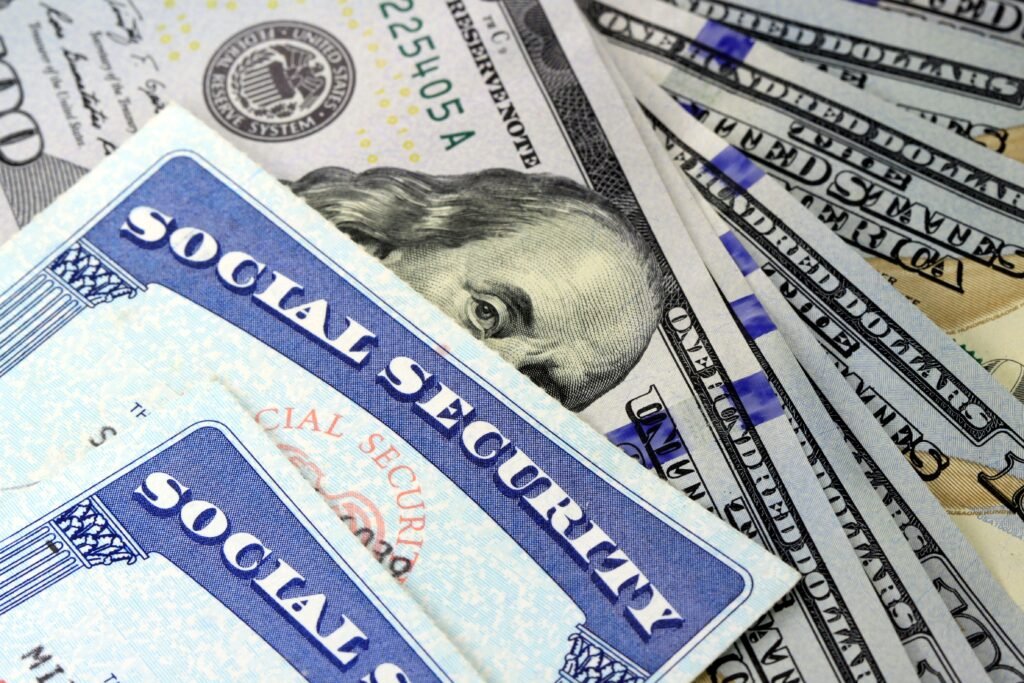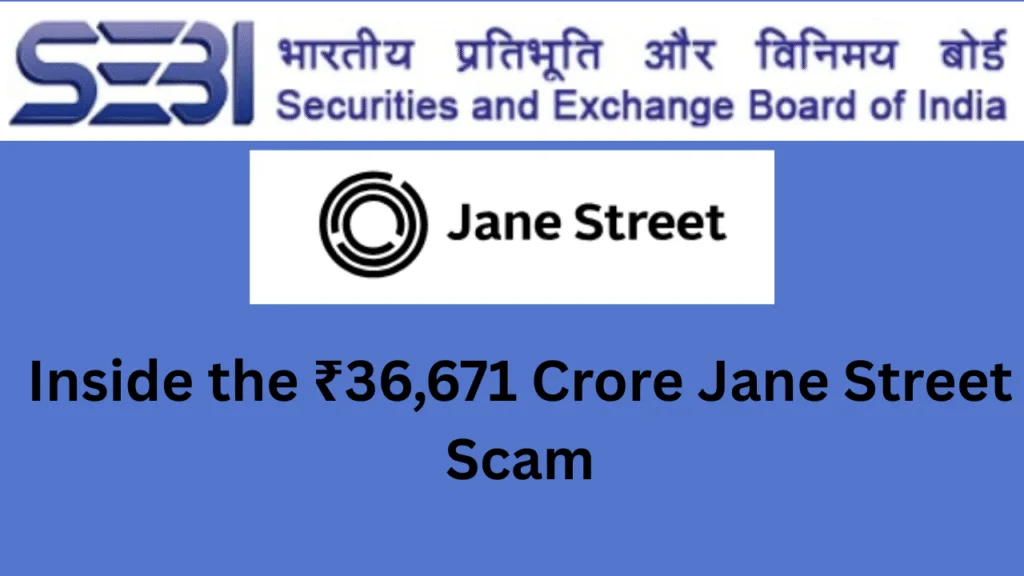With mortgage rates beginning to dip slightly in mid-2025, many homeowners are wondering: Is now the right time to refinance? Experts suggest that while rates remain higher than pandemic-era lows, refinancing could still be a smart move under the right circumstances.
Let’s explore what today’s rates mean for homeowners, when refinancing makes sense, and how to make the most of current opportunities.
Where Do Refinance Rates Stand in July 2025?
According to recent market data, the average 30-year fixed refinance rate is around 6.87%, slightly down from the 7.5% peaks seen in late 2023. While this is not a historically low rate, it marks a gradual return to more borrower-friendly territory.
However, 86% of U.S. mortgage holders currently pay less than 6%, which means refinancing might not yield substantial savings for most—unless your original mortgage had a significantly higher interest rate.
When Does Refinancing Make Sense in 2025?
Financial advisors say you should only refinance if you can reduce your interest rate by at least 0.5% to 1%. But that’s just part of the equation.
Here are key situations where refinancing may be beneficial:
1. You Have a High-Interest Mortgage
If you locked in your mortgage at 7.5% or higher, refinancing at today’s 6.8% could save you thousands in interest over time.
2. Your Financial Profile Improved
A stronger credit score, lower debt-to-income ratio, or higher income can help you qualify for better refinance terms.
3. You’re Switching from an ARM to a Fixed Rate
With adjustable-rate mortgages (ARMs) set to rise in 2025, many borrowers are choosing to refinance into a fixed-rate mortgage for long-term stability—even if the rate is slightly higher initially.
4. You Want to Tap Home Equity
If your home’s value has increased significantly, refinancing could help you access equity for renovations, education, or debt consolidation.
Don’t Forget the Closing Costs
Refinancing isn’t free. You’ll typically pay 2% to 6% of the loan amount in fees—on a $400,000 loan, that’s $8,000 to $24,000. So, you need to calculate your break-even point—the time it takes for monthly savings to cover the cost of refinancing.
Example:
- Closing costs: ₹1,50,000
- Monthly savings: ₹7,000
- Break-even time: ~21 months
If you plan to stay in your home longer than this, refinancing could make financial sense.
How to Find the Best Refinance Deal
To make the most of refinancing opportunities in 2025, follow these expert tips:
1. Compare Multiple Lenders
Don’t go with the first offer. Compare APR, not just the interest rate, to understand the total cost.
2. Boost Your Credit Score
A credit score over 760 will help you land the best possible rate. Pay down debt and fix credit report errors.
3. Negotiate Closing Costs
Some lenders offer no-closing-cost refinancing, which either rolls fees into the loan or increases your rate slightly. Weigh your options.
4. Use a Mortgage Refinance Calculator
Plug in your current rate, new rate, fees, and loan term to check how much you’ll save over time.
What Financial Experts Say
“Refinancing in 2025 isn’t a one-size-fits-all decision,” says Amanda Landry, a certified mortgage advisor. “The key is your existing rate, your financial goals, and how long you’ll stay in your home.”
If you plan to sell or relocate in the next two years, refinancing may not be worth it. However, for homeowners staying put long-term and paying 7% or more, this could be a great opportunity to lock in savings.
Conclusion: Should You Refinance in 2025?
Here’s a quick checklist:
| Question | Answer |
|---|---|
| Is your current mortgage rate above 7%? | ✅ Consider refinancing |
| Can you save at least 0.5%–1% in interest? | ✅ Yes, it’s worth exploring |
| Will you live in the home for 2+ years? | ✅ Helps you recoup closing costs |
| Has your credit score improved? | ✅ May qualify for better rates |
| Are you switching from an ARM? | ✅ Refinancing offers peace of mind |
If you answered “yes” to most of these, refinancing in 2025 could be a wise financial move.
Pro Tips Before You Apply
- ✅ Gather documents: tax returns, pay stubs, W-2s, credit report
- ✅ Use refinance calculators to estimate savings
- ✅ Shop lenders within a 14-day window to avoid credit score damage
- ✅ Lock in your rate once you find a competitive offer
Final Word
While we aren’t seeing pandemic-level low mortgage rates, 2025’s gradual declines provide a window of opportunity for select homeowners to refinance and save.
The key is to run the numbers, weigh your personal financial goals, and act quickly if the math works in your favor.


